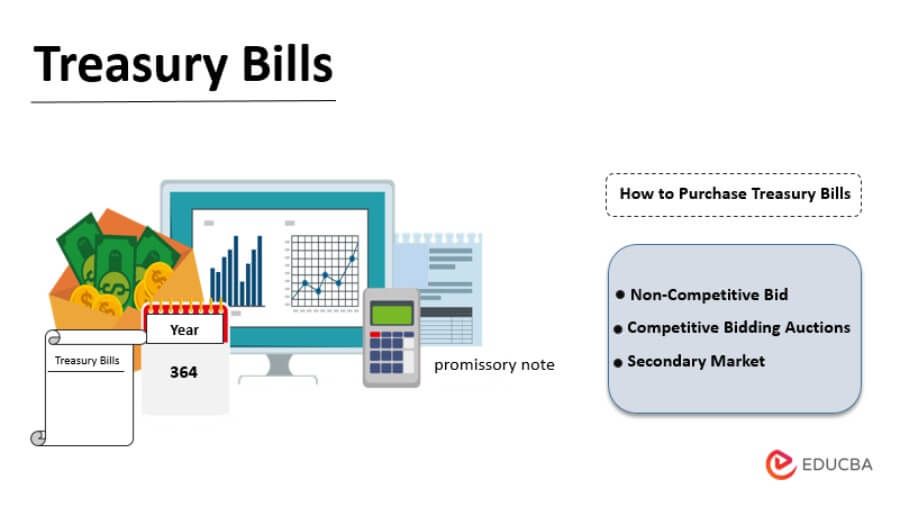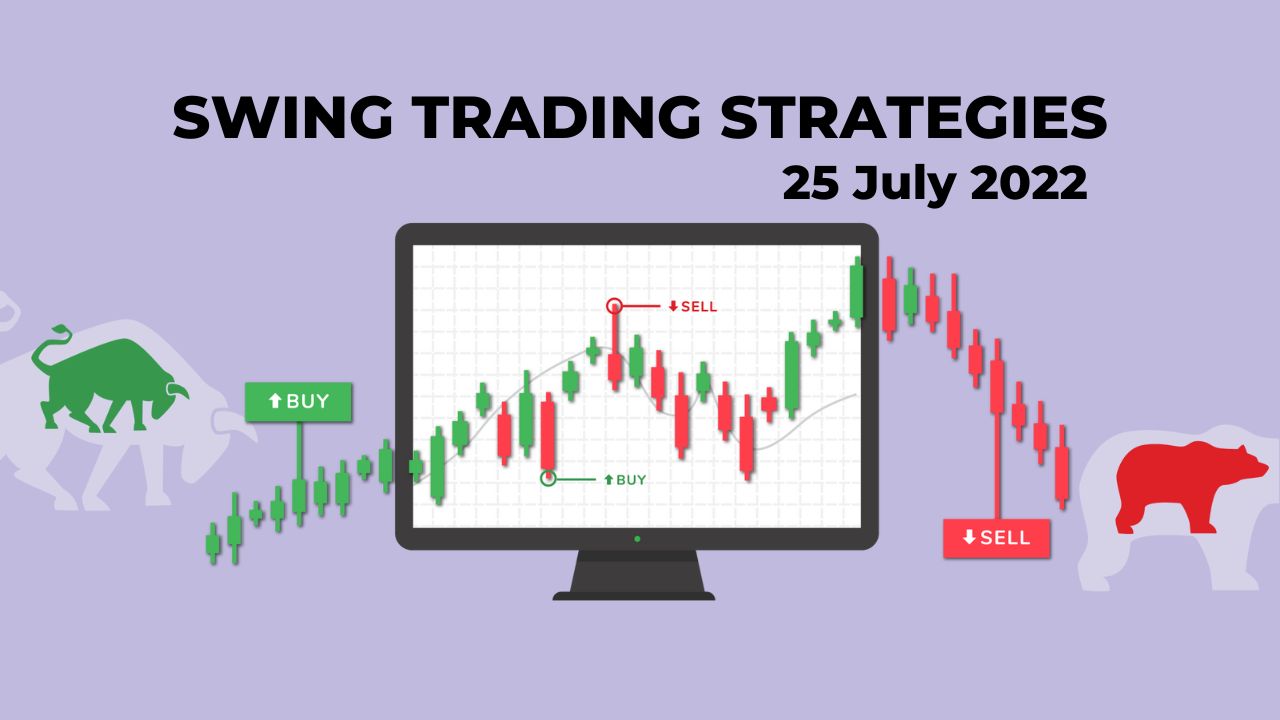
Your broker's margin account value is your outstanding loan. Initially, the loan value is determined by the original price of the security. The value of your assets and your current cash balance will determine how it changes each day. Margin calls are often inevitable. This article will give you information about the dangers of margin calls and regulations governing margin accounts. To ensure that your investment account is protected from margin calls, learn about the basics.
Margin accounts regulations
If a broker is going to sell securities to customers on margin, he must meet certain criteria. A customer must have at least 25% equity in their account. This is equal to the value of the security. If the customer's equity drops below this level, the broker may need to collect additional funds or securities from the customer to maintain the account balance. This is called a margin call. It can lead to the broker liquidating customer securities.

Minimum equity
You should know the minimum equity requirements for securities in a margin account you have with a broker. To purchase additional stock that closes above $60, you'll need $15,000 equity. You should not sell securities that you don't have enough equity. TD Ameritrade rounds up its minimum equity requirement for securities held in margin accounts to the nearest whole number.
Loan repayment schedule
A margin account allows you to take out a loan for the purchase and sale of securities. Your securities serve as collateral to the loan. If your securities lose value, you might have to sell them to make up the difference. Margin accounts should only be considered for high net worth investors who are well-versed in the market. Here's what you should know about margin accounts.
Risk of margin calls
The risk of margin calls on securities held by a broker can be mitigated by diversifying your portfolio and monitoring your balance carefully. Even though volatile securities are more likely to trigger margin calls they are also more vulnerable to sudden changes at the maintenance margin requirements. Inverse correlations are a good way to reduce risk, but they can be volatile, especially during market turmoil. However, it is vital to closely monitor your accounts and create a repayment plan in case of a margin calling.

Transferring margin from one brokerage firm to another
Transferring your margin from one brokerage to another will require you to review your records and compare them with the new firm's. Ask about delays or other issues that could delay the transfer. Find out if your new firm accepts margin account and whether there are any minimum margin requirements. If they accept margin accounts, then you can immediately trade with them. Be aware of potential pitfalls like losing all of your margin.
FAQ
What are the pros of investing through a Mutual Fund?
-
Low cost - buying shares directly from a company is expensive. Purchase of shares through a mutual funds is more affordable.
-
Diversification - most mutual funds contain a variety of different securities. The value of one security type will drop, while the value of others will rise.
-
Professional management – professional managers ensure that the fund only purchases securities that are suitable for its goals.
-
Liquidity is a mutual fund that gives you quick access to cash. You can withdraw the money whenever and wherever you want.
-
Tax efficiency - Mutual funds are tax efficient. As a result, you don't have to worry about capital gains or losses until you sell your shares.
-
Purchase and sale of shares come with no transaction charges or commissions.
-
Easy to use - mutual funds are easy to invest in. You only need a bank account, and some money.
-
Flexibility: You can easily change your holdings without incurring additional charges.
-
Access to information- You can find out all about the fund and what it is doing.
-
You can ask questions of the fund manager and receive investment advice.
-
Security - You know exactly what type of security you have.
-
You have control - you can influence the fund's investment decisions.
-
Portfolio tracking - You can track the performance over time of your portfolio.
-
Easy withdrawal - it is easy to withdraw funds.
What are the disadvantages of investing with mutual funds?
-
There is limited investment choice in mutual funds.
-
High expense ratio - the expenses associated with owning a share of a mutual fund include brokerage charges, administrative fees, and operating expenses. These expenses will reduce your returns.
-
Insufficient liquidity - Many mutual funds don't accept deposits. They must be bought using cash. This limits the amount of money you can invest.
-
Poor customer support - customers cannot complain to a single person about issues with mutual funds. Instead, you need to contact the fund's brokers, salespeople, and administrators.
-
Ridiculous - If the fund is insolvent, you may lose everything.
Why are marketable securities Important?
An investment company's main goal is to generate income through investments. It does this through investing its assets in various financial instruments such bonds, stocks, and other securities. These securities have attractive characteristics that investors will find appealing. They are considered safe because they are backed 100% by the issuer's faith and credit, they pay dividends or interest, offer growth potential, or they have tax advantages.
A security's "marketability" is its most important attribute. This refers primarily to whether the security can be traded on a stock exchange. A broker charges a commission to purchase securities that are not marketable. Securities cannot be purchased and sold free of charge.
Marketable securities can be government or corporate bonds, preferred and common stocks as well as convertible debentures, convertible and ordinary debentures, unit and real estate trusts, money markets funds and exchange traded funds.
These securities can be invested by investment firms because they are more profitable than those that they invest in equities or shares.
Why is a stock called security.
Security is an investment instrument whose worth depends on another company. It may be issued by a corporation (e.g., shares), government (e.g., bonds), or other entity (e.g., preferred stocks). If the asset's value falls, the issuer will pay shareholders dividends, repay creditors' debts, or return capital.
Statistics
- "If all of your money's in one stock, you could potentially lose 50% of it overnight," Moore says. (nerdwallet.com)
- Individuals with very limited financial experience are either terrified by horror stories of average investors losing 50% of their portfolio value or are beguiled by "hot tips" that bear the promise of huge rewards but seldom pay off. (investopedia.com)
- Ratchet down that 10% if you don't yet have a healthy emergency fund and 10% to 15% of your income funneled into a retirement savings account. (nerdwallet.com)
- Our focus on Main Street investors reflects the fact that American households own $38 trillion worth of equities, more than 59 percent of the U.S. equity market either directly or indirectly through mutual funds, retirement accounts, and other investments. (sec.gov)
External Links
How To
How to Trade on the Stock Market
Stock trading refers to the act of buying and selling stocks or bonds, commodities, currencies, derivatives, and other securities. The word "trading" comes from the French term traiteur (someone who buys and sells). Traders purchase and sell securities in order make money from the difference between what is paid and what they get. This type of investment is the oldest.
There are many options for investing in the stock market. There are three types of investing: active (passive), and hybrid (active). Passive investors do nothing except watch their investments grow while actively traded investors try to pick winning companies and profit from them. Hybrid investors use a combination of these two approaches.
Passive investing can be done by index funds that track large indices like S&P 500 and Dow Jones Industrial Average. This method is popular as it offers diversification and minimizes risk. Just sit back and allow your investments to work for you.
Active investing involves picking specific companies and analyzing their performance. The factors that active investors consider include earnings growth, return of equity, debt ratios and P/E ratios, cash flow, book values, dividend payout, management, share price history, and more. They then decide whether they will buy shares or not. If they feel that the company is undervalued, they will buy shares and hope that the price goes up. They will wait for the price of the stock to fall if they believe the company has too much value.
Hybrid investing is a combination of passive and active investing. One example is that you may want to select a fund which tracks many stocks, but you also want the option to choose from several companies. In this instance, you might put part of your portfolio in passively managed funds and part in active managed funds.